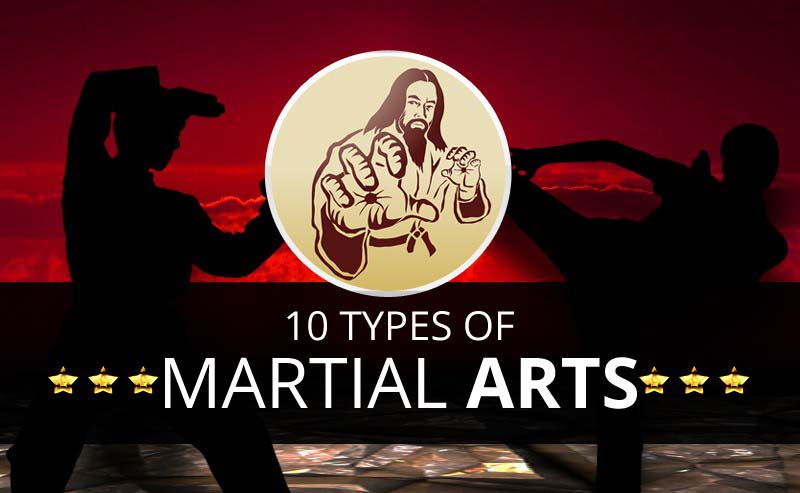The Advancement And Historic Context Of Martial Arts Worldwide
The Advancement And Historic Context Of Martial Arts Worldwide
Blog Article
Developed By-Egeberg Workman
Martial arts have an interesting background that extends centuries and continents. You may find it intriguing how old practices like Shuai Jiao and Kalaripayattu laid the groundwork for contemporary combat techniques. These disciplines not only emphasize physical skills however additionally show the cultures that birthed them. As you explore their development, take into consideration just how globalization has actually transformed these typical forms right into crossbreed styles. What influences do you think have formed today's martial arts landscape?
Ancient Martial arts: The Structures of Battle
As you delve into the world of old martial arts, you'll uncover the rich foundations that shaped combat techniques across cultures. Early methods concentrated on Self-Defense and survival, often including strikes, grappling, and weaponry.
In old China, for instance, methods like Shuai Jiao stressed tosses and joint locks, while India's Kalaripayattu showcased dexterity and liquid movement. Japanese samurai developed Kenjutsu, a polished swordsmanship that highlighted technique and strategy.
These martial arts offered not just for fight but additionally as a way of personal growth, instilling worths like respect and determination. https://donovanahmqw.blog-gold.com/43909842/release-your-abilities-the-favorable-aspects-of-taking-part-in-martial-arts-classes blending of these methods gradually laid the groundwork for the diverse martial arts you see today, each showing the unique viewpoints and demands of its society.
The Social Influence on Martial Arts Growth
While martial arts often reflect the functional demands of a society, they additionally symbolize the social values and ideas of their origins. When you discover different martial arts, you'll observe just how they're influenced by religious beliefs, philosophy, and social norms.
For example, the emphasis on respect and technique in Japanese martial arts stems from Zen Buddhism and samurai culture. In contrast, Brazilian Jiu-Jitsu promotes versatility and technique, formed by the requirement for efficiency in a diverse, modern setting.
You may discover that the rituals, attires, and training approaches mirror an area's background and identity. By recognizing these cultural influences, you grow your recognition of martial arts and their function in shaping human experiences across the globe.
Modern Adaptations and the Globalization of Martial arts
Martial arts have actually transformed significantly in current decades, adjusting to contemporary culture and international influences. You'll observe that traditional types have mixed with modern-day strategies, creating hybrid styles like mixed martial arts. These adaptations satisfy varied target markets, making martial arts accessible and enticing worldwide.
With the increase of social networks and digital systems, you can find tutorials and competitions from all corners of the world, breaking geographical obstacles. martial arts with belt systems has led to a shared gratitude for different self-controls, from Brazilian Jiu-Jitsu to Taekwondo.
As you engage with these arts, you'll understand they're not almost battle; they advertise health and fitness, technique, and psychological wellness.
Inevitably, modern-day adjustments have actually improved the martial arts landscape, making it a vibrant and progressing practice.
Final thought
In checking out the history and development of martial arts, you uncover a fascinating mix of strategies, cultures, and viewpoints. From old techniques like Shuai Jiao and Kalaripayattu to the modern-day adaptability seen in MMA, martial arts mirror humankind's quest for Self-Defense and personal growth. As you involve with these techniques, you not just acquire skills however additionally a deeper appreciation for the varied customs that form our world today. So, proceed Read the Full Guide and welcome the art of fight!
